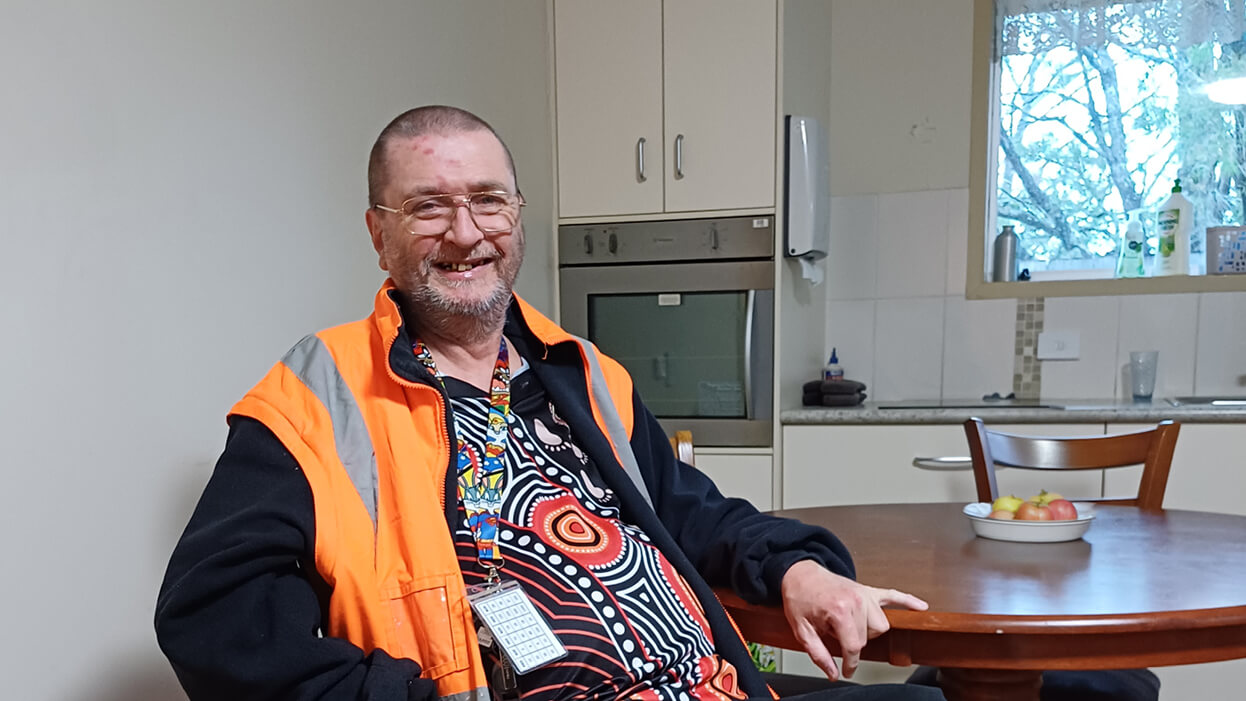We untangle two popular NDIS home and living supports so you have a clear understanding of what they are and how they could work for you.
Navigating the National Disability Insurance Scheme (NDIS) is tricky.
It can be challenging to understand what each support is and how it could help you.
Take Independent Living Options (ILO) and Supported Independent Living (SIL), for example.
Both are NDIS home and living supports. Both are often mentioned in similar conversations. Yet the pair has clear differences.
Understanding these differences could be crucial to getting the most out of your NDIS plan.
In this article, we explore ILO vs SIL, detailing what each support is, how it differs from the other and how both can help you live a more independent life.

What Is the Difference Between ILO and SIL?
The main difference between ILO and SIL is the way in which each funding stream supports an NDIS participant.
Independent Living Options (ILO) exists to allow people with lower support needs the flexibility to choose where they live, who they live with and how they are supported.
At its core is the creation of a support package that suits a participant’s needs, preferences and goals – so each ILO package is unique.
ILO funding can be used to trial various living arrangements, such as living with a host, living in a share home or living alone.
Meanwhile, Supported Independent Living (SIL) is typically for people who require 24/7 support while living in a share home.
It exists to help people with high support needs live as independently as possible with the help of support workers.
SIL funding covers the cost of a package of paid supports the participant receives in that home.
A key difference between ILO and SIL is that ILO support packages can include informal supports, like family, friends and even neighbours, to complement paid supports, such as drop-in support workers.

ILO and SIL Explained
To help you decide which of these supports might be best for you, we have broken down their key differences, benefits and other handy information:
Supported Independent Living
SIL explained in a nutshell:
- Ideal for people who know how they want to live and the level of support they need.
- Suited to those with higher support needs.
- 24/7 support provided in the home via live-in support workers.
- Support usually delivered in shared accommodation managed by a SIL provider.
- Support staff shared between housemates.
- Includes paid supports.
- The Support Coordinator guides participants through the process and helps them find suitable housing.
- SIL can be inflexible. Changing supports may require a plan reassessment, moving to another home or living with different housemates.
- Supports depend on a participant’s needs, goals and preferences.

Individualised Living Options
ILO explained in a nutshell:
- Ideal for people who need help to figure out how they want to live and/or how much support they may need.
- Suited to those with lower support needs.
- Drop-in support workers are available. Support emphasises participants’ needs and goals.
- Support staff work one-on-one with participants.
- Support can be provided in various settings, usually when living with a host or with housemates in shared accommodation.
- Includes both paid and informal supports in the support package.
- The Support Coordinator helps participants explore and trial different home and living options.
- ILO is flexible. The mix of supports can be changed.
- Supports are led by a participant’s preferences.

How Does Funding for SIL and ILO Work?
SIL and ILO funding both work differently to most types of NDIS funding. Usually, participants:
- Receive an NDIS plan with dollar amounts assigned to the various categories.
- Decide which service providers they wish to partner with.
- Sign on to receive supports.
How SIL Funding Works
With SIL funding:
- Participants receive funding for SIL in their plan, but it does nothave an exact dollar amount assigned to it.
- They work with their Support Coordinator and speak to relevant providers.
- Providers work with Support Coordinators to determine the level of support required and how much supports will cost.
- Participants then work with their Support Coordinator to find a suitable house.
- The SIL provider presents a quote for the whole house.

How ILO Funding Works
With ILO funding:
- Participants receive funding for ILO in their plan, but it does nothave an exact dollar amount assigned to it.
- They work with their Support Coordinator to understand and explore their options.
- They work with their Support Coordinator to design their own support package.
Designing the support package happens in two stages:
- Exploration and design: Working out where to live, who with, what support is needed and who will provide that support.
- ILO supports: Putting the supports in place.

How Do I Get ILO or SIL Funding?
Like all things with the NDIS, to receive funding, it needs to be deemed reasonable and necessary.
So, be prepared to explain to your NDIS planner why ILO or SIL funding is reasonable and necessary for you in your circumstances.
Everyone has different needs and goals, so there is no one-size-fits-all approach to acing your planning meeting. But here are a couple of tips that can help when you meet with your planner:
Be Prepared
The more you prepare, the better your chances are of receiving the best funding package for you.
Be Clear
Remember, your NDIS planner is meeting you for the first time. They do not know you as well as you do, so make sure you give them a really clear idea of your needs and goals.

Take Charge of Your Future
Whether it is ILO or SIL or plenty else, unleash your potential with quality supports that put you first.
At Endeavour Foundation, we are on your side.
Partner with us and live life on your terms.
Your next move starts now.
 Donate
Donate
 Lotteries
Lotteries



